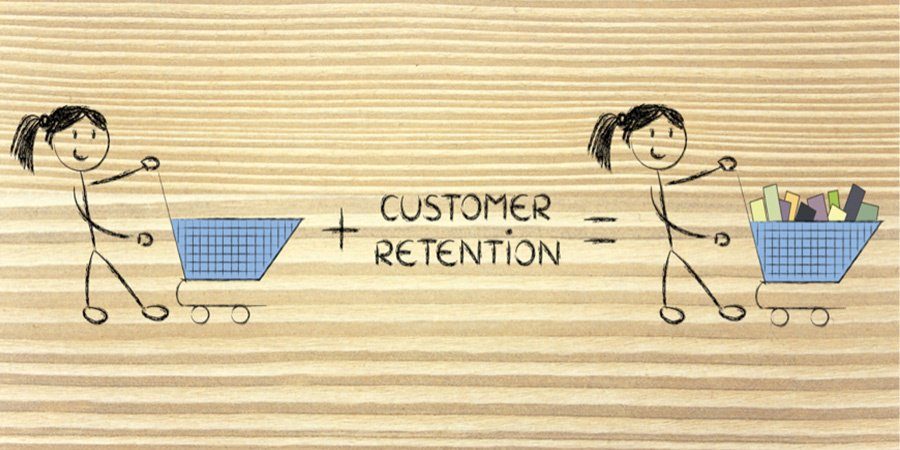Customer Retention Technology: Five Tools to Aid Your Cause
Successful Customer Retention Begins with Your Dealership
Defective customers beware. A new era of customer retention technology has dawned within the retail automotive industry. The days of driving around and knocking on the doors of your lost customers are long gone.
The importance of retaining valued customers has always been clear. Return buyers are worth their weight in gold. It’s up to 10 times more expensive to acquire a new customer versus maintaining a current one, and it’s estimated that 80 percent of your company’s future revenue will come from just 20 percent of your existing customers.
Yet despite these cold, hard facts, retention technology remained a work-in-progress, lagging behind the demand for effective customer retention management like a younger sibling trying in vain to keep up with an adolescent older brother. That is, until the recent advent of modern automotive service software. Now the younger sib keeps pace just fine.
Nowadays successful customer retention begins with your dealership’s initial contact with a customer and continues for the duration of the relationship. Here are five technology tools to assist with this process.
1. Customer Contact Logs
As your dealership expands its business, the tasks of managing your customer base and minimizing customer churn become magnified. Thankfully, the opportunity to digitize your customer information into an electronic database has been refined into a seamless —and often automated —process. The latest in customer retention software not only stores your customer data, but also tracks the last visit date and call log, enabling you to conduct proper follow-up for each customer.
2. Online Claims Administration
Rather than outsourcing your claims administration process, your dealership can implement state-of-the-art software enabling you to streamline this task and keep it in-house. Having immediate access to up-to-date historical data regarding service and warranty claims proves essential to knowing a customer’s current status, and risk for defection. With assistance from Performance Administration, you can quickly post claims online and track customer service history with ease.
3. Service & Loyalty Reminders
The key to building your dealership’s customer retention rate involves consistently staying top-of-mind with your customer base. Your car-buying customers are constantly making use of their vehicles, thus there’s no reason why your dealership shouldn’t remain relevant to them for maintenance purposes. When your dealership’s software enables you to send routine service reminders and invite your customers back, it’s like tying a virtual piece of string around their fingers or sending them forget-me-not flowers.
4. Lost Opportunity Transformer™
Never let a customer opportunity pass you by. While many dealerships are well-aware of the needs and habits of their repeat customers, they lack basic information regarding those past customers who presumably have taken their business elsewhere. This knowledge gap does not make for an optimal retention strategy. But by capitalizing on Performance Administration’s Lost Opportunity Transformer™offering, you can observe which customers haven’t returned for service and entice them back with a specialized incentive.
5. Repurchase Reporting
Assume nothing and measure everything. With the latest auto dealer business software, all the customer retention data you need can be right at your fingertips. In addition to tracking customer repurchases, an effective system measures service growth, maintenance visits, and revenue generated. Learn the tendencies of your return buyers, then utilize this knowledge to drive more customers back to your dealership.
The Next Level of Profitability
Looking for a customer retention strategy to take your dealership to the next level of profitability? Download our eBook to take an in-depth look at6 Success Tools and Strategiesour dealers use to identify and win-back 34+% of Lost Opportunity Customers and more than double CP/RO counts in the first 12 months.


